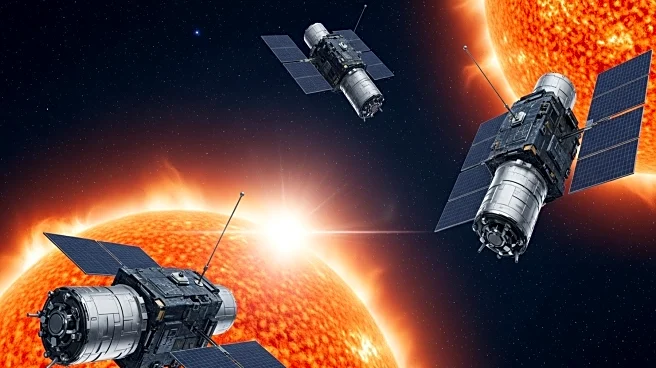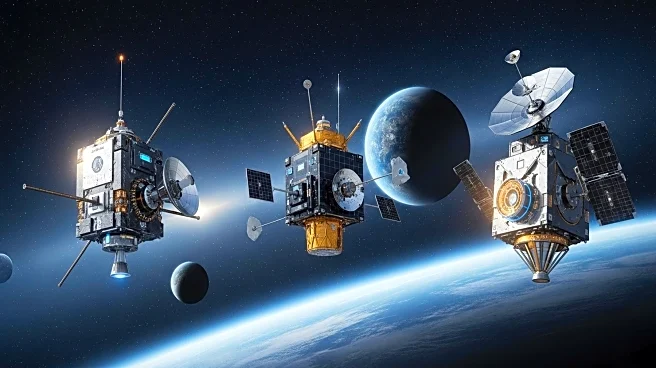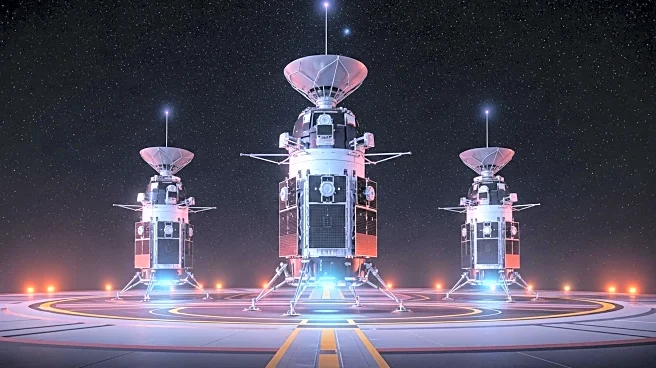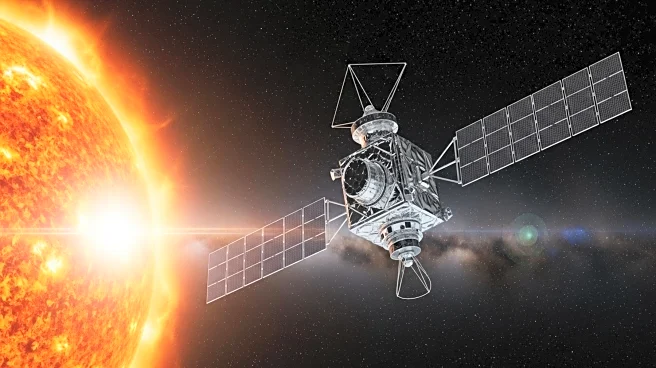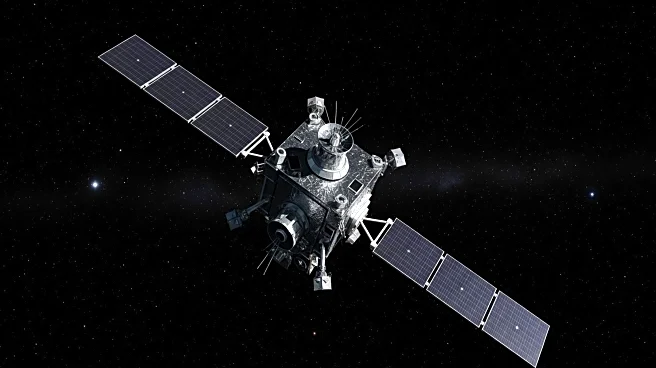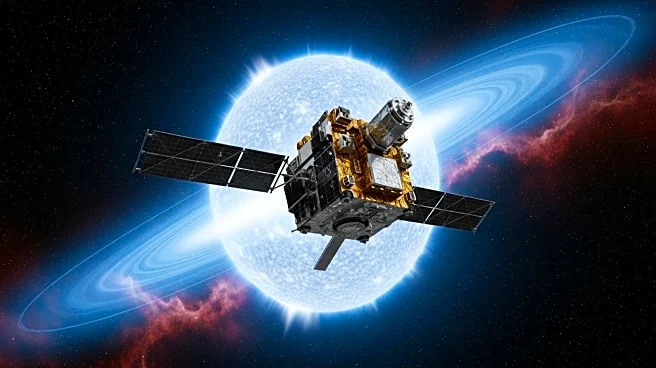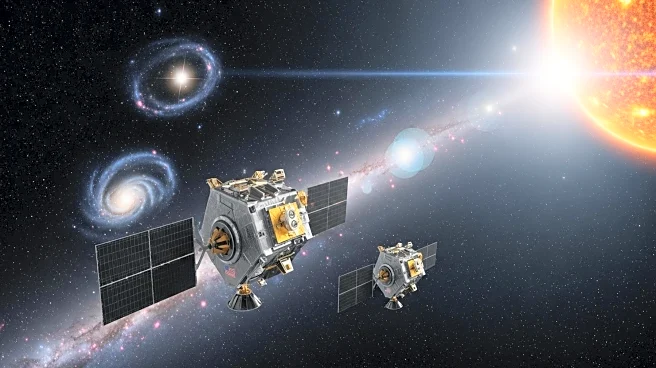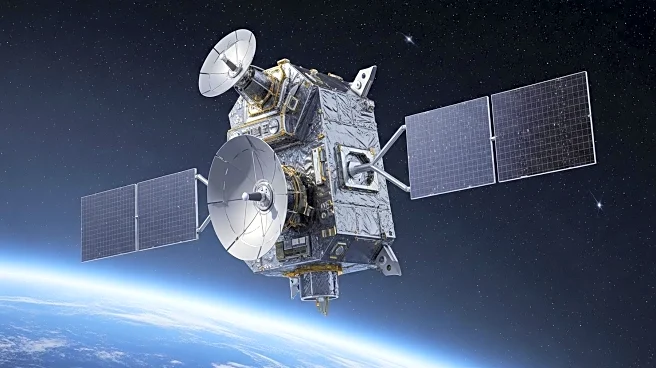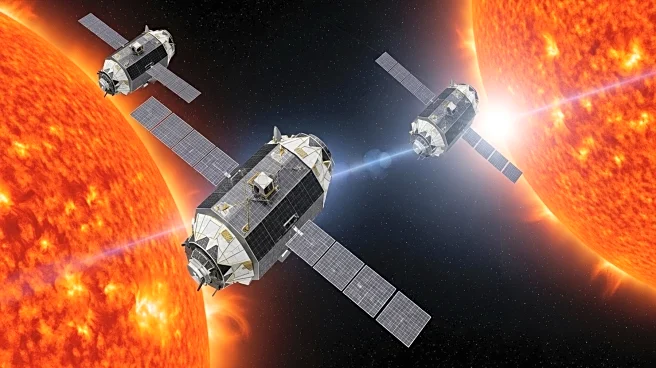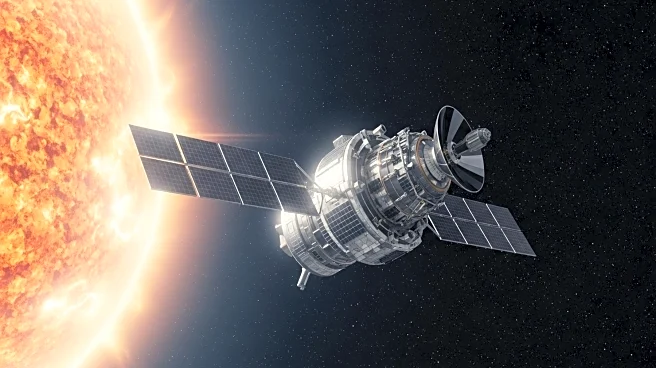What's Happening?
SpaceX is set to launch NASA's Interstellar Mapping and Acceleration Probe (IMAP) along with two other space weather probes on September 24. The launch will take place from NASA's Kennedy Space Center in Florida using a Falcon 9 rocket. The mission includes NASA's Carruthers Geocorona Observatory and NOAA's Space Weather Follow On-Lagrange 1 (SWFO-L1). These spacecraft will operate at the Earth-sun Lagrange Point-1 (L1), a gravitationally stable location 930,000 miles from Earth. The IMAP mission aims to study the sun's energy and particles interaction with the heliosphere, enhancing understanding of space weather and cosmic radiation. The SWFO-L1 will monitor solar storms, providing early warnings for potentially disruptive space weather.
Why It's Important?
The launch of these missions is significant for advancing the understanding of space weather and its impacts on Earth. Space weather can affect satellite operations, power grids, and communication systems. By studying the heliosphere and monitoring solar storms, these missions aim to provide critical data that can help protect technological infrastructure and improve safety for human and robotic space explorers. The collaboration between NASA and NOAA highlights the importance of international and inter-agency cooperation in addressing global challenges posed by space weather.
What's Next?
Following the launch, the spacecraft will travel to L1, where they will begin their scientific missions. The data collected will be analyzed to improve predictive models of space weather events. The success of these missions could lead to enhanced early warning systems, potentially mitigating the impacts of solar storms on Earth. Stakeholders in the aerospace and telecommunications industries, as well as government agencies, will be closely monitoring the outcomes of these missions.

